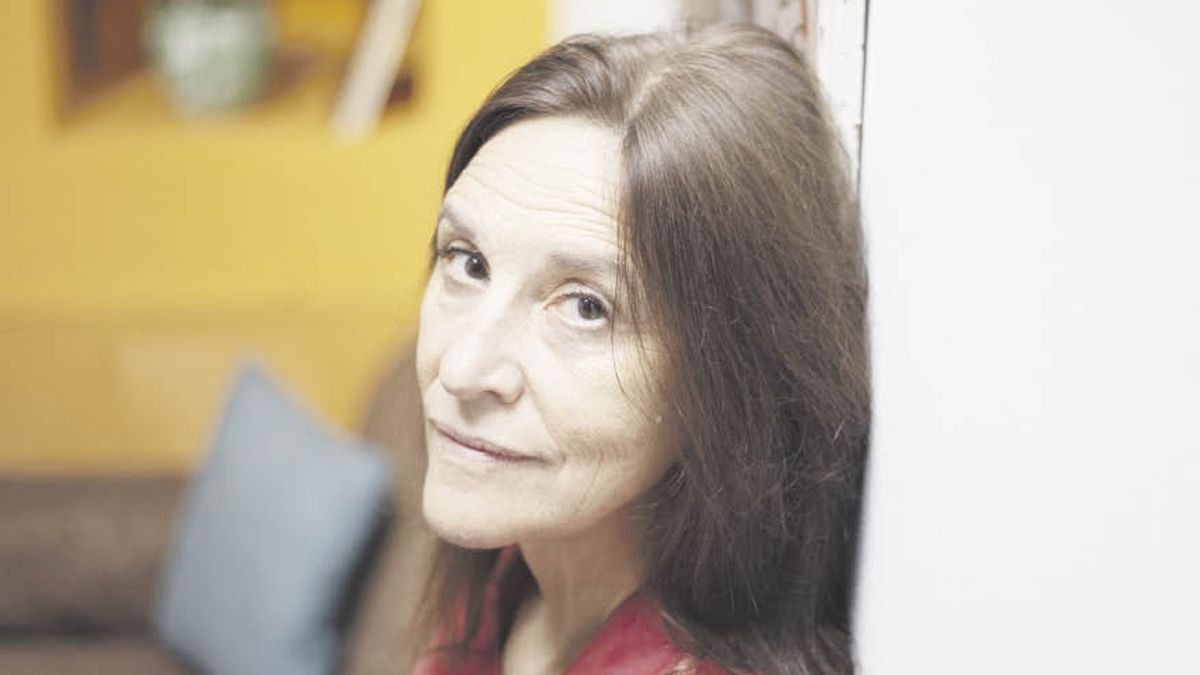Journalist: What interested you in this long-suffering character?
Silvina Katz: Every time I take a material I ask myself, what do I have to learn from this story? If that happens to me, it can happen to others when they see it. In this case the author goes in depth with the subject of a dignified death and fills it with details. The story is simple, it’s about someone who is dying, and my character has a partner who accompanies her in everything, until she decides that’s it. I shared with my life partner a very long process of cancer, he said that he was a survivor, we fought many battles and he also said up to here. One wants to retain, does not want the other to leave and when children are shared, the question arises why the other and not oneself. I thought it was better for him to continue on his way and that my children would be happy with him. But they were also with me and today, after almost eight years, he lives in us.
Q.: Why did you want to reincarnate that pain from fiction?
SK: Before I accompanied, now I play the character who is fed up with treatments, because the one who puts the body is her and she can’t take it anymore, she reaches her limit. There is a time when you have to choose how you want to die. All this now I understand better.
Q.: Can the work touch on other themes as it is dominated by one that is so central?
SK: This is a story of love and death, two themes that fascinate me. Sometimes the limit of the body is legitimate, it is its freedom. It also deals with issues such as whether or not to believe in God, and how it comes into play at the time of death. How, faced with the immediacy of death, someone who did not believe suddenly becomes a believer. And the theme of the farewell, the importance of saying goodbye well.
Q.: Does the public not escape such dense topics?
SK: It is far from being a downer. The whole journey through the love story is made, you see them young and then old, you see that transit, what things sustain them, the process is de-dramatized, the theme of death is more natural. There are moments of humor, Henry with his son, the climate of Puerto Rico, there is vitality despite death. Having led an intense life and dying as lived. There are musicians on stage.
Q.: How did you go from semi-assembled to this version?
SK: Puy has a way of working from the body even in reading, with the musicians generating climates. Betting on team integration. There are the young actors playing these same characters, there is the doctor’s debate about how far medicine goes and the question about human dignity.
Q.: Can such a tough subject have a place in the commercial circuit?
SK: It is true that these themes are not usually chosen in the commercial, the producers are not interested because they alienate the public but I repeat, this work is designed in an entertaining way. And that combination is worth it, not because something is hard, difficult or crude it cannot be entertaining. There is the challenge of the theater not to scare people. There is a proposal in the independent that is entertaining and there are some commercials that are encouraging works that come from the off and are attractive because they are interesting, difficult but dynamic topics.
Source: Ambito
David William is a talented author who has made a name for himself in the world of writing. He is a professional author who writes on a wide range of topics, from general interest to opinion news. David is currently working as a writer at 24 hours worlds where he brings his unique perspective and in-depth research to his articles, making them both informative and engaging.




